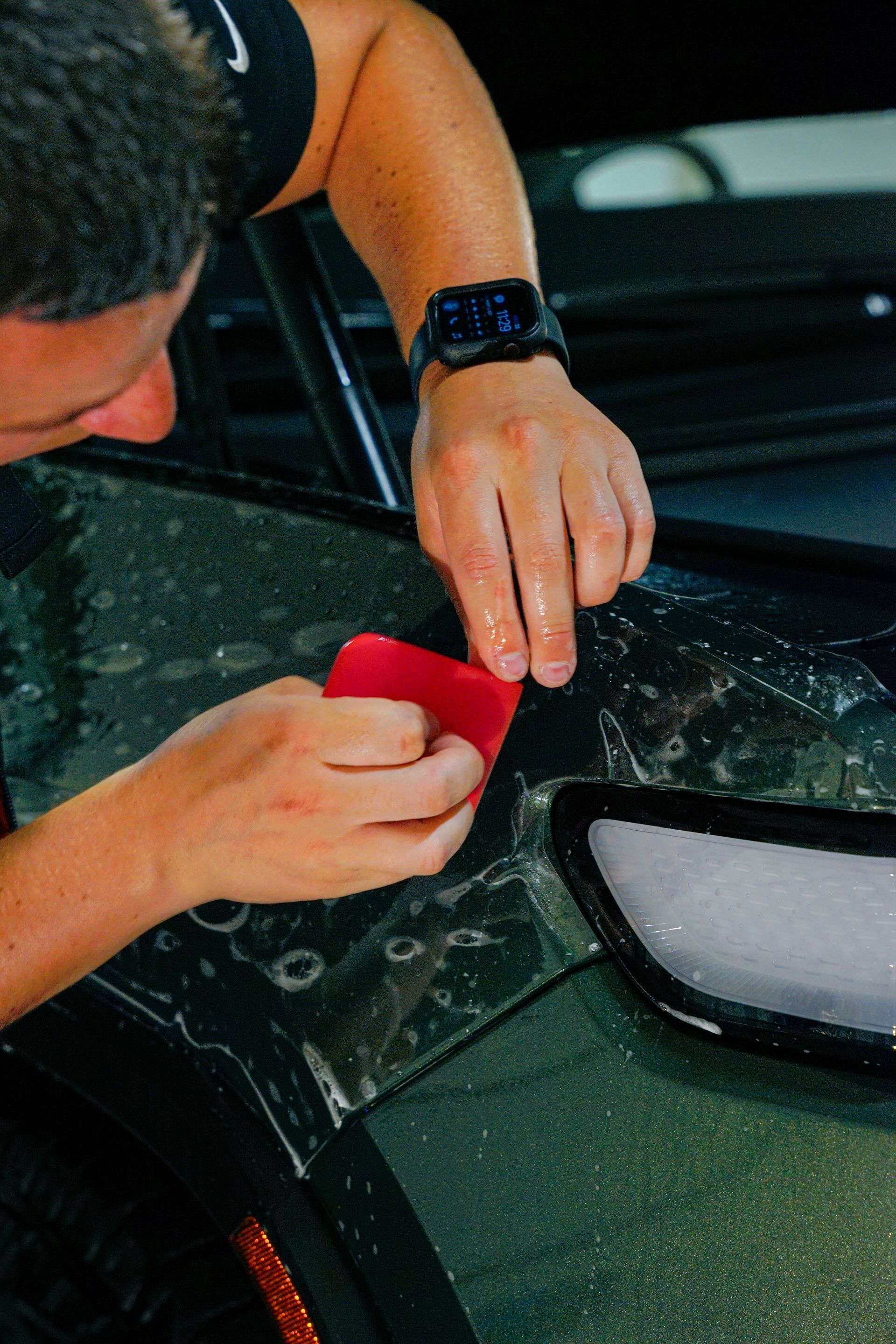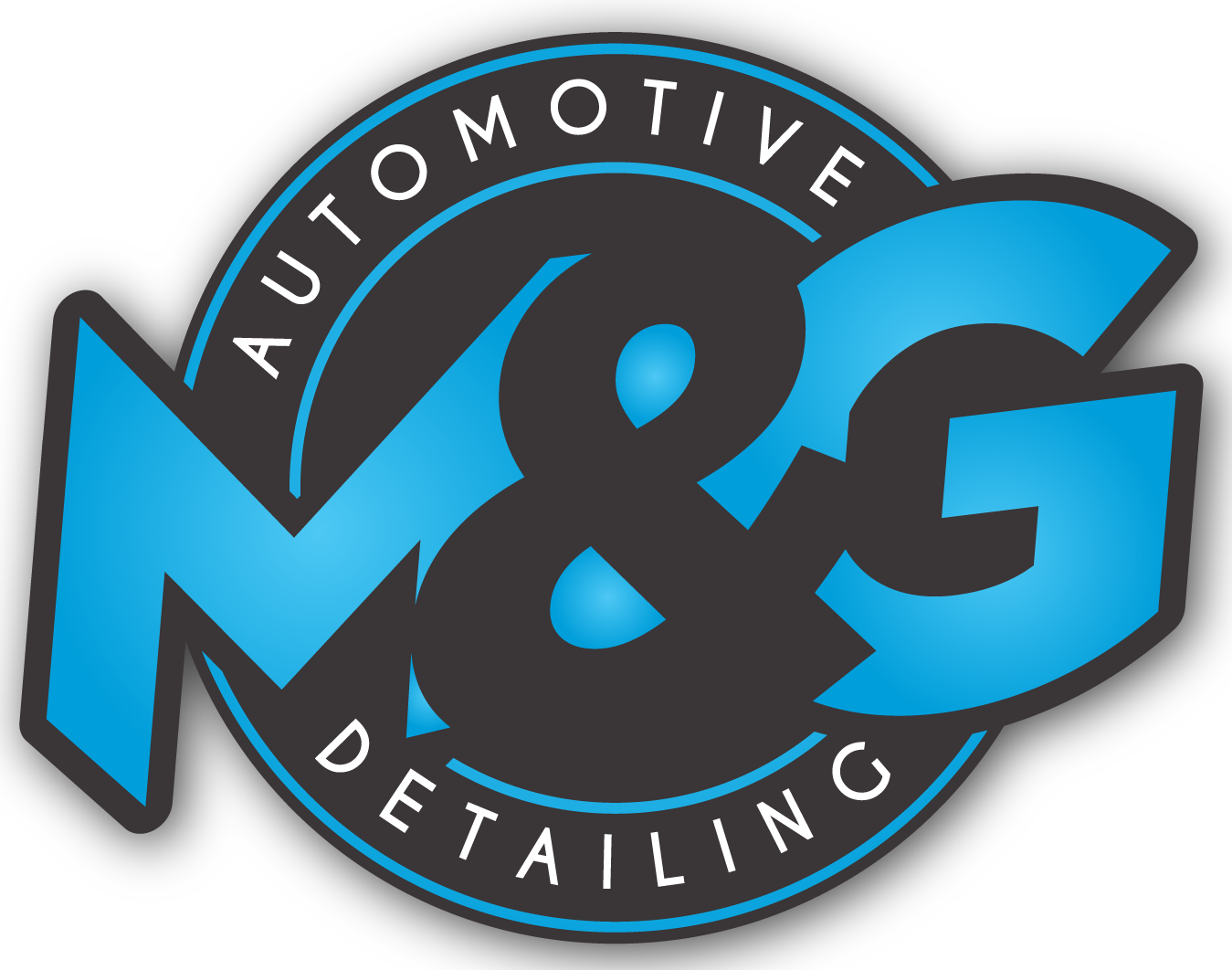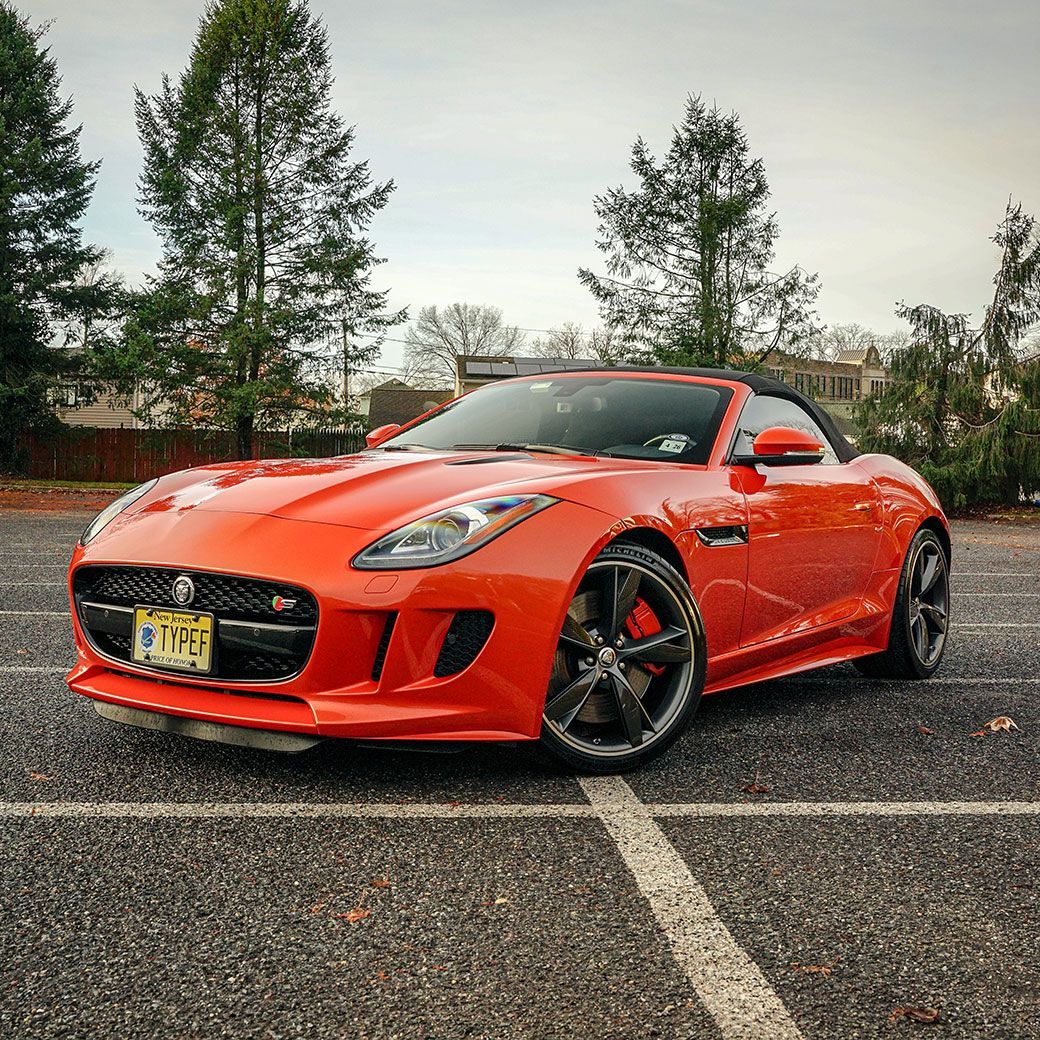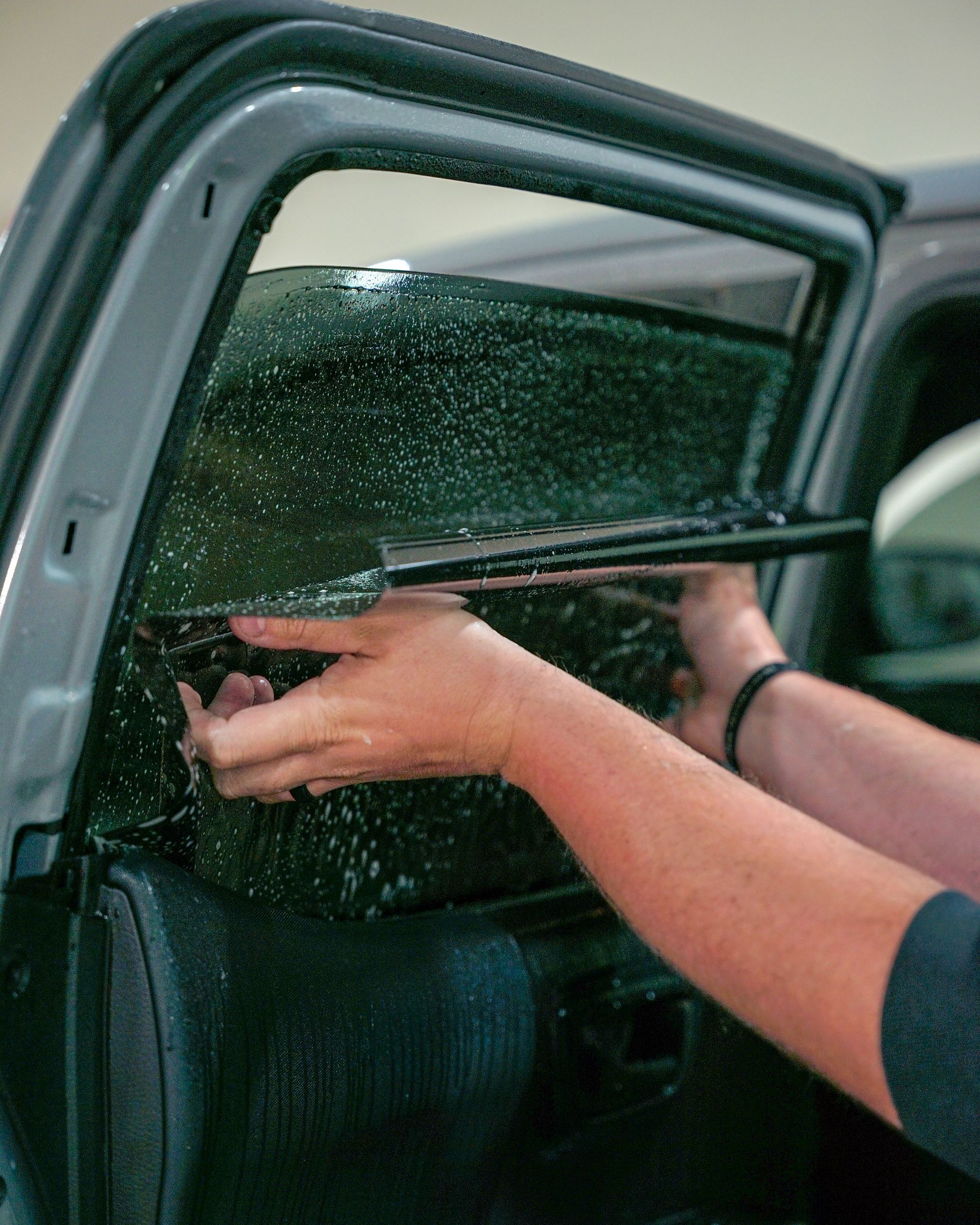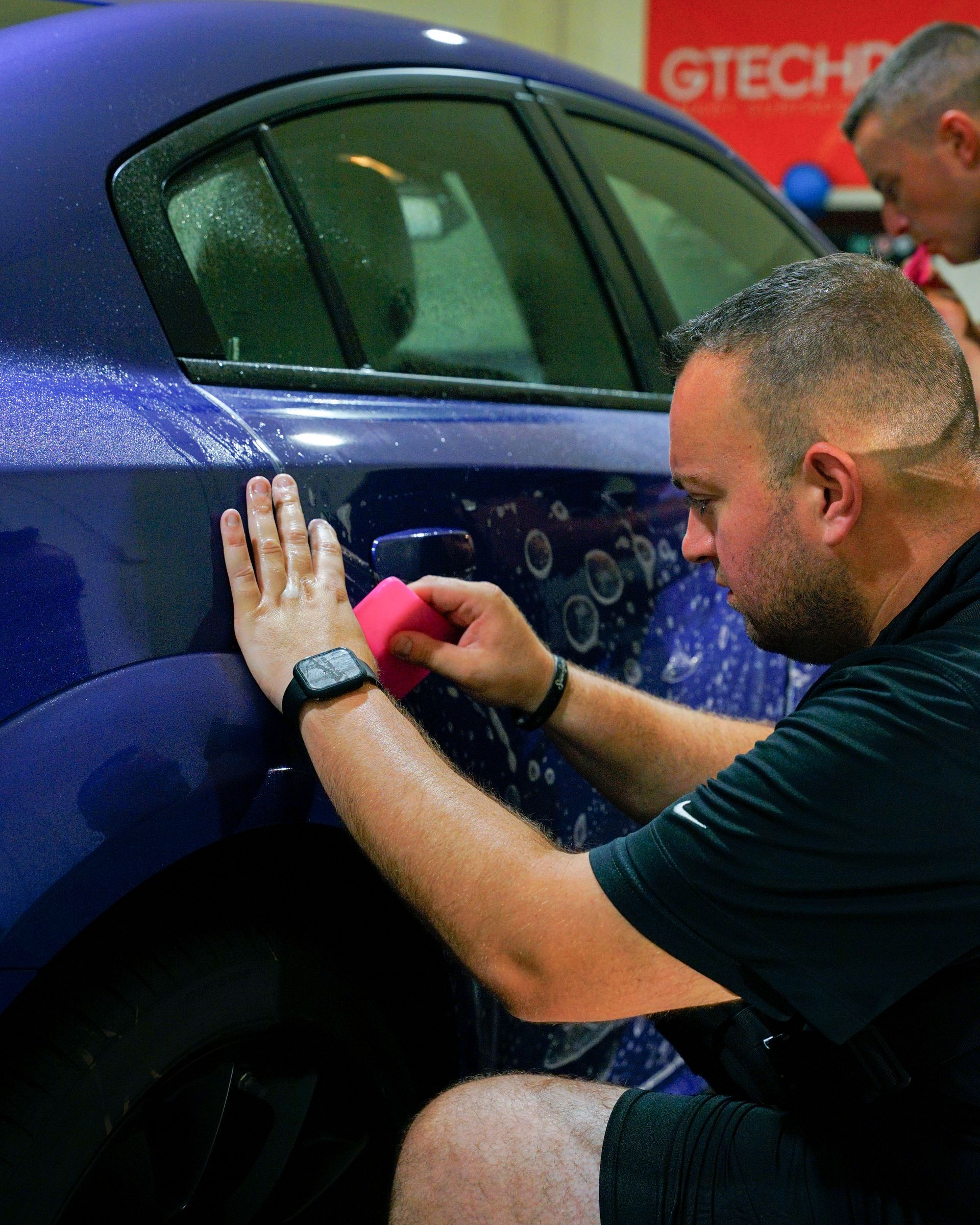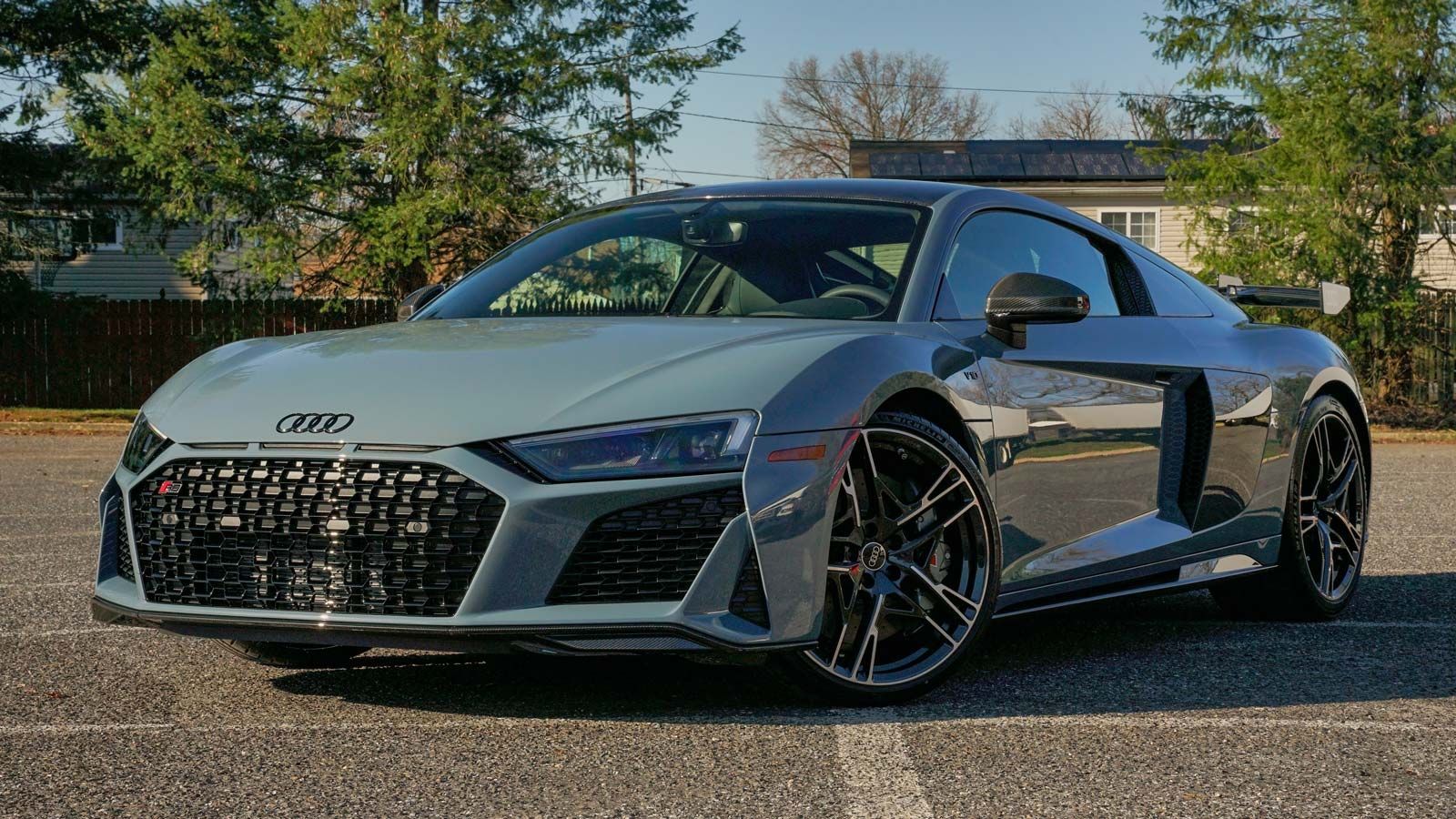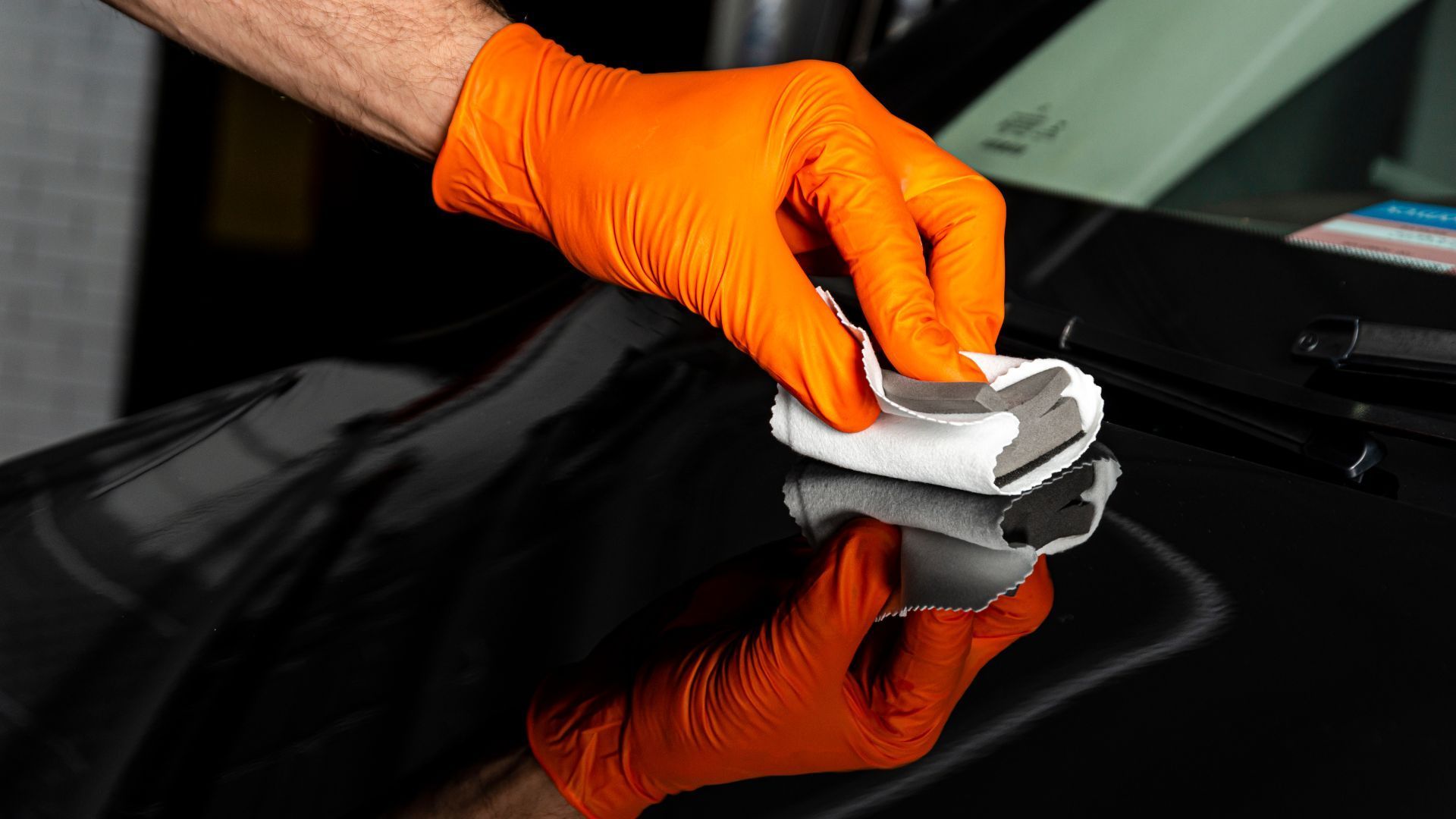Ceramic Coating for Wheels and Rims: Is It Safe for My Car?
When it comes to taking care of your car, wheels and rims often get overlooked. But they play a huge role in not just the look of your ride but also its performance. Have you ever felt the frustration of scrubbing stubborn brake dust off your rims after a long drive? That’s where ceramic coating comes in. This innovative solution promises to make wheel maintenance easier while keeping them looking sharp. In this article, we'll explore what ceramic coating is, how it can benefit your wheels, and whether it's worth the investment. So, let’s dive into the world of ceramic coatings and see if they’re the game-changer every car enthusiast craves!
Yes, ceramic coating is safe for your car's wheels and rims as it provides a protective layer that enhances cleanliness and makes maintenance easier, particularly by reducing brake dust accumulation. However, it is important to note that while it offers significant benefits, it does not make the surfaces scratch-proof or curb rash resistant.
What is Ceramic Coating for Wheels?
Ceramic coating is essentially a liquid polymer that’s strategically applied to the exterior surfaces of your vehicle's wheels. This innovative detailing technology is a game-changer when it comes to car care. Unlike traditional wax, which provides a temporary shield, ceramic coatings create a chemical bond with the wheel's factory paint, resulting in a protective layer that stands up to harsh conditions.
Building upon that initial curiosity, ceramic coatings feature a key component known as silicon dioxide (SiO2). This is what gives the coating its remarkable capability to withstand temperatures up to 1,500°F (815°C) and provide a barrier against harmful substances like brake dust, road grime, and even contaminants from winter weather such as ice and snow. The thickness of the coating typically ranges between 1 and 2 microns, which may sound thin but packs a robust punch in durability.
Understanding how ceramic coating provides these benefits will clarify not only why you might choose it for your vehicle but also how effective it can be in real-world applications. In addition to improved aesthetics and lower maintenance effort, one of the notable advantages of ceramic coatings for your wheels is their hydrophobic properties. Water beads up and rolls off the surface easily, which helps in reducing brake dust buildup—a common nuisance for anyone who loves their ride. That means less time scrubbing away at stubborn dirt or grime during cleaning sessions.
Now, here’s an interesting perspective: while many consumers mistakenly believe that ceramic coatings make wheels impervious to all damage—like scratches or curb rash—this isn’t entirely accurate. It’s essential to remember that while these coatings enhance protection against environmental factors, they don't replace the need for careful handling and routine upkeep.
Applying ceramic coating can mitigate some risks associated with everyday wear and tear on your wheels while still requiring regular maintenance. As someone who values both performance and appearance in a vehicle, investing in a reliable ceramic coating feels like a no-brainer—especially considering its ability to keep my wheels looking cleaner for longer. As we continue our journey through the world of automotive care, it becomes vital to understand what mechanisms lie behind the effectiveness of these coatings. Let's explore these details further.
How Does Ceramic Coating Work?
Ceramic coating operates by forming a semi-permanent protective layer on the surface of your wheels, changing the way they interact with dirt and contaminants. This is not just ordinary protection; it’s a sophisticated technology designed to enhance both cleanliness and durability. When you apply the ceramic solution to your wheels, you are initiating a transformative process that will make cleaning them a breeze in the future.
Chemical Bonding Process
The magic of ceramic coating lies in its chemical bonding process. Upon application, the liquid ceramic solution starts a reaction that causes it to bond tightly with the wheel’s surface. This bond creates a hydrophobic layer—the sort that repels water like a well-waxed car hood. Those curious little water beads you see rolling off surfaces? That’s due to this hydrophobic characteristic, which also deters dirt, brake dust, and other stubborn residues from sticking.
The technology often involves nanotechnology, allowing for an even, thin application that maximizes durability without adding bulk. Imagine coating your wheels with a microscopic net that catches grime but lets water slide away. This offers substantial protection by reducing the frequency and intensity of cleaning required. Interestingly enough, ceramic coatings can resist temperatures up to 1,500°F (815°C) without degrading—a fact that underscores their resilience in high-performance contexts such as racing.
As someone who's applied these coatings myself, I can confidently say that when driving through muddy puddles or navigating wintery roads, the experience is dramatically different compared to untreated wheels. You won’t find mud caked on as fiercely because the contaminants struggle to adhere to that slick surface. Understanding this intricate bonding process illuminates why so many car enthusiasts are making the leap to adopt this technology. Regular upkeep becomes simpler because your wheels do not battle nature's elements as fiercely. This leads us into exploring how these coatings also contribute significantly to enhancing appearance and overall performance.
Benefits: Enhanced Shine, Weather Resistance, and More
One of the standout features of ceramic coating is its ability to deliver enhanced shine. Unlike traditional waxes that may fade after a washing or two, ceramic coatings contain advanced polymers that create a high-gloss finish, making your wheels look strikingly polished. Imagine the difference when sunlight hits the surface of your wheels—the shine can increase gloss levels by up to 30% compared to untreated surfaces. This reflective property isn’t just for aesthetics; it turns your vehicle into a true head-turner while also providing a protective layer against various environmental threats.
Now, speaking of environmental threats, let’s talk about weather resistance. Ceramic coatings offer remarkable weather resistance, acting like a fortified shield against harsh elements. Whether it’s the scorching sun with harmful UV rays, heavy rain, or icy conditions in winter months, this coating ensures your wheels remain protected. It can withstand extreme temperatures ranging from -40°F to 250°F without degrading. This resistance is particularly beneficial during winter when roads are often treated with chemical salts that can corrode unprotected wheels. Moreover, protecting your wheels from these elements helps maintain both their aesthetic appeal and functional integrity over time.
As if that wasn't enough, ceramic coatings also make tire maintenance a breeze. Another major advantage of ceramic coatings is their ease of cleaning. Thanks to their hydrophobic properties, contaminants such as brake dust, road grime, and mud do not adhere easily to the coated surface. Instead of scrubbing vigorously for hours to restore that clean look, many users report spending approximately half the usual time cleaning their wheels after applying ceramic coatings. This ease reduces not only your workload but also minimizes the risk of scratching and damaging the wheel surface during cleaning processes.
Of course, let's not forget about longevity. Longevity is an integral part of why many car enthusiasts turn to ceramic coatings. When applied correctly and maintained well, they can last anywhere from two to five years, outstripping the durability of traditional waxes that typically need reapplication every few months. Investing in a good ceramic coating means spending less time worrying about upkeep and more time enjoying your beautifully maintained vehicle. With all these benefits shining through brightly, it's essential to also stay aware of any potential downsides as we explore the comprehensive picture surrounding this treatment.
Potential Drawbacks to Consider
One of the primary concerns car owners have when considering ceramic coating is the initial cost. Though it may seem steep, particularly for professional applications, which can range from $800 to $2,500, the investment often pays off over time due to its longevity and protective features. On the other hand, DIY kits are more affordable, priced between $50 and $150, but they demand time, skill, and precision—critical elements for achieving a satisfactory application.
A study conducted by CarGurus found that a significant 60% of car owners hesitated to invest in ceramic coating primarily because of the upfront expense. This hesitation highlights a common dilemma: how much we are willing to spend now for long-term benefits. However, there's more at play than just the price tag; challenges also exist that could affect your satisfaction with ceramic coating.
Professional Application Risk
When dealing with professionals, there's always a risk associated with quality. An improperly applied ceramic coat can lead to unsightly imperfections like streaks or uneven coverage. It’s essential to choose reputable service providers who are qualified and experienced in ceramic coatings because the application process is meticulous.
This brings us to an important point: while waiting out expenses can feel smart, seeking quality workmanship can save you time and money in the long run. You wouldn’t want to invest in a product that necessitates frequent touch-ups due to poor installation. Additionally, while ceramic coatings offer impressive protection, understanding their limitations is crucial for any informed car owner.
Not Permanent
Many people view ceramic coatings as a 'set and forget' product, but that isn’t quite accurate. While they do bond with your vehicle's paint and provide long-lasting effects (typically lasting between 3 and 7 years), they will eventually wear down due to environmental factors such as UV rays, acid rain, and weather conditions. Therefore, regular maintenance is key—even with a ceramic coating—meaning you often need to reapply it periodically.
Understanding its durability compared to traditional waxes is vital here; although waxes typically require reapplication every few months, they often come at half the initial cost—or even less! As such, if you're considering your budget along with aesthetics, you may find that traditional waxing offers suitable short-term solutions without breaking the bank. Being aware of these potential drawbacks enables you to make an informed decision about what's best for your vehicle's maintenance needs while also exploring proactive measures to enhance your car's performance on the road.
Safety for Your Car's Wheels
When considering a ceramic coating for your wheels and rims, understanding safety is central. Ceramic coatings are designed to be non-invasive, bonding to the surface of your wheels without harming the factory finish underneath. This protective layer serves as a resilient shield against environmental hazards, including UV rays, road salt, and potentially damaging brake dust. However, precision in application is essential; this is where the manufacturer's guidelines come into play. Ignoring these instructions could lead to problems like streaking or uneven coverage.
One key aspect that enhances the safety of ceramic coatings is their hydrophobic effect. This property creates a barrier that repels water and grime, making maintenance easier and preventing contaminants from becoming embedded in your wheels. If you’ve ever dealt with stubborn brake dust sticking like glue on uncoated wheels, you’ll appreciate how much easier it is to wipe away dirt from coated surfaces. Many carefully maintained vehicles find that wheel cleaning becomes less frequent and less labor-intensive when ceramic-coated.
Nonetheless, it's critical to pay attention during both application and maintenance phases. The use of harsh cleaners or non-pH-balanced soaps can degrade the bonding of the coating over time. Always opt for pH-neutral cleaners specifically formulated for ceramic-coated surfaces; these won't strip away the carefully applied protection while keeping your wheels looking pristine.
Diligent maintenance goes beyond just cleaning—it’s part of ensuring your coating retains its safety features as well. While some products advertise impressive longevity claims, real-world results depend heavily on how well the vehicle owner upholds routine checks and care. Remember that even the best ceramic coatings will fail to perform if neglected in terms of upkeep.
Lastly, a word of caution: always inspect your wheels after any professional servicing—especially tire changes or brake work—for any signs of mishaps during those processes. If debris was accidentally scuffed against your ceramic coating, it may lose some effectiveness at protecting your wheels. By committing to safe practices during application and maintenance, you not only enhance the benefits of ceramic coatings but also ensure that your vehicle can shine at its best. Next, we’ll explore how to properly maintain your newly coated wheels for enduring performance.
Post-Coating Maintenance Tips
To keep your ceramic-coated wheels looking showroom-shiny, establishing a routine cleaning regimen is crucial. You’ll want to stick with a pH-neutral car shampoo, as this balances effective cleaning without compromising the integrity of the ceramic layer. Even seemingly harmless soaps can be too abrasive, stripping away valuable protections and leaving your wheels vulnerable to wear and tear. Take it easy on those harsh chemicals!
- Routine Cleaning: Regular cleaning should be a combination of gentle scrubbing and rinsing. Using a soft microfiber cloth or sponge will help prevent scratches while effectively lifting brake dust and grime away from the surface. Think of it like washing your hands—you wouldn’t scrub them with sandpaper, right? This delicate touch ensures your ceramic coating remains intact while giving you extraordinarily clean wheels. Yet, while diligent cleaning is essential, inspection plays an equally important role in maintenance.
- Inspection and Touch-Ups: It’s wise to inspect your wheels regularly—every month would be ideal. Look closely for signs of damage or spots where the coating may appear to be thinning. A small nick or scratch can worsen over time if not addressed early. For minor repairs, touch-up kits are readily available and usually include everything needed to restore the protective layer without much hassle—it’s like a first-aid kit for your wheels! They allow you to maintain that fresh appearance without having to start from scratch. Seasonal changes can throw a wrench in your vehicle care timeline, so being proactive will set you up for success throughout the year.
- Seasonal Care: In winter, promptly cleaning off road salt is critical; it can erode both steel and coating if allowed to sit too long. During spring, check if those extra layers are necessary. A quick seasonal checkup can easily prolong longevity!
Ultimately, applying these tips consistently will ensure your wheels remain visually appealing and well-protected. It's all about the little things—because regular attention results in enhanced durability and sustained performance for those stylish rims you've invested in.
In summary, maintaining ceramic coatings requires diligence through regular cleaning, inspection, and seasonal care to protect your investment effectively. By following these guidelines, you'll enjoy both aesthetics and longevity in your vehicle's performance.
Premium Ceramic Coating Services in Cherry Hill, NJ
If you're ready to protect your vehicle with a long-lasting, high-performance solution, M&G Automotive Detailing in Cherry Hill, NJ, is the place to go. Their top-tier ceramic coating services not only enhance your car's appearance but also provide a durable layer of protection against the elements, ensuring your vehicle stays sleek and shiny for longer. Whether you're looking to guard against scratches, water spots, or harmful UV rays, we have the skills and experience to apply the perfect coating for your car. Get the protection your vehicle deserves—schedule your ceramic coating service today!

